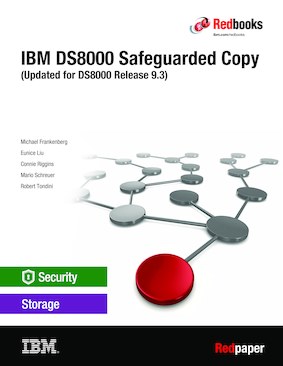

Jack Brown - June 16th, 2009 Deployment Models - Centralized Call Processing The model for a multisite deployment with centralized call processing consists of a single call processing agent cluster that provides services for many remote sites and uses the IP WAN to transport Cisco Unified Communications traffic between the sites. Single-Site Deployment Jack Brown - June 16th, 2009 In this model, calls beyond the LAN or MAN use the public switched telephone network (PSTN).

An enterprise would typically deploy the single-site model over a LAN or metropolitan area network (MAN), which carries the voice traffic within the site. The single-site model for Cisco Unified Communications consists of a call processing agent cluster located at a single site, or campus, with no telephony services provided over an IP WAN. Jack Brown - June 16th, 2009 Cisco Defined Typical Unified Communications Deployment A Cisco defined typical Unified Communications deployment employing the Cisco IP network infrastructure, with Cisco Unified Communications Manager (Unified CM) as the call processing agent. Jack Brown - June 16th, 2009 Cisco IP Telephony Implementation Overview Representation Of Cisco’s Unified Communications Application Control Planes Jack Brown - June 16th, 2009Ĭisco Unified Communications Deployment Models Jack Brown - June 16th, 2009 People-Centric Communications Jack Brown - June 16th, 2009 Standards-based platform Rich APIs and Web Services Developer Tools Infrastructure simplification Consolidation Intuitive and contextual Rich-presence multimodal Any device, any place Overall Costs Down Today’s Silo’ed Communications Integrated Communications Fundamentally UC is About Services and Applications Convergence Focused Here From an Enterprise Perspective Jack Brown - June 16th, 2009 Voice Mail Enterprise Telephony Audio Conference Web Conference Video Conference E-Mail & Instant Messaging Separate Management E-Mail + UM Instant Messaging Enterprise Telephony Conferencing Platform Unified Experience Common Management Jack Brown - June 16th, 2009 UC Fundamental Unified Communications Deployment Models Migration Options Planning the Unified Communications Manager Implementation Example Applications Unified Mobile Communicator Dial-via-Office WebDialer – SOAP-XML-HTTP/S Appendix Example Gateway Protocols and Cisco Unified Communications Gateways Typical Unified CM Cluster SIP Trunking Call Coverage Between Multiple Sites in a Centralized Call Processing Deployment Detailed SCCP Multicast MoH Call Flow Detailed SIP Multicast MoH Call Flow Call Admission Control QSIG Protocol Stack in Multisite Enterprises Dual Phones for Phased Migrations Deployment Methodology 911 Mobile Communicator Application Development QoS Network Security FCAPS

Migration to Unified Communications from Legacy Phone Systems Cisco Centric High Level Discussion Topics Jack Brown - June 16th, 2009 The '–' or prohibit operator excludes documents that contain the term after the '–' symbol.Migration to Unified Communications from Legacy Phone Systems The symbol '!' can be used in place of the word NOT.įor documents that contain 'meeting request' but not 'room': "meeting request" NOT room This is equivalent to a difference using sets. The NOT operator excludes documents that contain the term after NOT. The symbol || can be used in place of the word OR.įor documents that contain either 'meeting request' or just 'meeting': "meeting request" || meeting -or- "meeting request" OR meeting The OR operator returns results where either term exists anywhere in the text of a single document. The '+' or required operator requires that the term after the '+' symbol exist somewhere in the field of a single document.įor documents that must contain the words 'meeting' and 'room' within several words of each other in the message component(s) specified: +meeting room

The symbol & can be used in place of the word AND.įor documents that contain 'sales meeting' and 'meeting room': "sales meeting" AND "meeting room" The AND operator links two terms and returns results if either of the terms exist in a document. This means that if there is no Boolean operator between two terms, the AND operator is used. The AND operator is the default conjunction operator. Storage Performance and Utilization Management.Information Archiving & Storage Management.Hybrid Active Directory Security and Governance.Starling Identity Analytics & Risk Intelligence.One Identity Safeguard for Privileged Passwords.


 0 kommentar(er)
0 kommentar(er)
